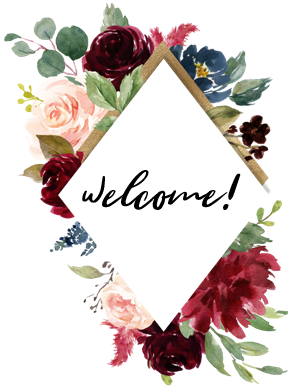Hello lovely readers!
Today, we have Naomi Kinsman on the blog. She's the author of the Sadie's Sketchbook series (a four-part series published by Zondervan), founder of the Society of Young Inklings (a society empowering young writers), and creator of the Writerly Play blog (a blog about playing with writing).
I always start a story with a question.
What if…?
or
Why…?
or
Might things be better if…?
The questions that most interest me are the ones for which I honestly don’t have an answer. That way, I’m interested in sticking with the book when the going gets rough. Working on the manuscript helps me wrestle the question. My curiosity, if nothing else, keeps me going. While the final book never wraps up the answer to my question up with a neat bow, I know a manuscript is finished when I’ve faced the many angles of the question and most importantly, looked into all the dark corners. I know I’m NOT done when I’m still avoiding a hard truth. Thus, the process of writing a book feels like tumbling down into a dark cavern. I start out, so sure of where I’m headed, only to find question after question, pushing me to face the light and the darkness is myself and the world around me.
As for inspiration, I gather it everywhere I go. I crave new experiences, new sights, new projects. Often, I’ll go wander around a new neighborhood or park just to collect sights, sounds and smells. I love window-shopping. And as I continue to draw, going pretty much anywhere and drawing is a huge inspiration as well. This kind of inspiration is what I need mid-draft, whereas when I’m starting out, I need a bigger idea, a bigger question.
What kind of research do you do?
Well, wandering is one type of research I do. I’m looking to be surprised, to turn a corner and be fascinated by an old door, or a kind of bird I’ve never noticed properly before, or an overheard sentence that inspires a scene.
I also research online, gathering facts, images, weather, date details. Each project requires its own kind of research. However, in most cases, I try to research in a hands on way. For instance, I learned about black bears by studying with a researcher, hands-on, in Minnesota. You can read about as many bears as you want, but once you’ve smelled one, watched one, lumbering around in the forest, you know bears in a completely new way.
If you knew no one would ever read what you wrote, how often would you write?
How else would this affect your writing?
I write every day, but not always fiction. A lot of my writing is centered on my nonprofit for young writers, Society of Young Inklings, and on developing Writerly Play curriculum and other resources. This writing is the kind that will be read, since it is created for a specific purpose. The satisfaction of making something that will be read and used is very important, and I think balances the uncertainty that I have about whether anyone will read my next book of fiction.
Every writer with whom I’ve discussed this topic tells me they need to write more. The same is true for me. I need to spend more time in my fictional worlds, to write with discipline, ideally every day. Spending time writing fiction is basically giving myself permission to be myself. How many days can one go without being herself? Not many, if she wants to be healthy.
I do believe it becomes more and more difficult to keep sitting down to write when one starts to doubt that anyone will read what she writes. The need to write doesn’t change, but the mental audience starts to disappear. We wonder: why am I doing this? What difference does it make? My answer is: It makes a difference to me. It makes a difference to everyone with whom I interact, with whom I can be more of my best self because I’ve done this one, essential thing.
One benefit to not knowing if a piece will be published, with not having an editor out there waiting for your next piece is that you don’t have to answer to anyone but the story. You can write what you need to write, experiment, play, take your time. I think writers need a balance of this free-writing space and also the space where their writing is read and seen. Writing is a form of communication, and when it isn’t read, it’s only half-done. For this reason, I have some readers I trust deeply, and if no one else reads my next piece, they do. And that makes a difference, too.
The idea of 'writerly play'--what does that look like? Paint a word picture.
Writerly Play provides writers with a hot-air balloon approach to their work. They can rise up above the work and see what they’re doing, all in a wonder-filled, magical way. Through playfully focusing on writerly habits, we don’t have to slog through our projects, miserable and frustrated. We can actively work on our areas of weakness, find solutions, and travel on rather than being stuck.
Thanks for being on the blog today, Naomi!












